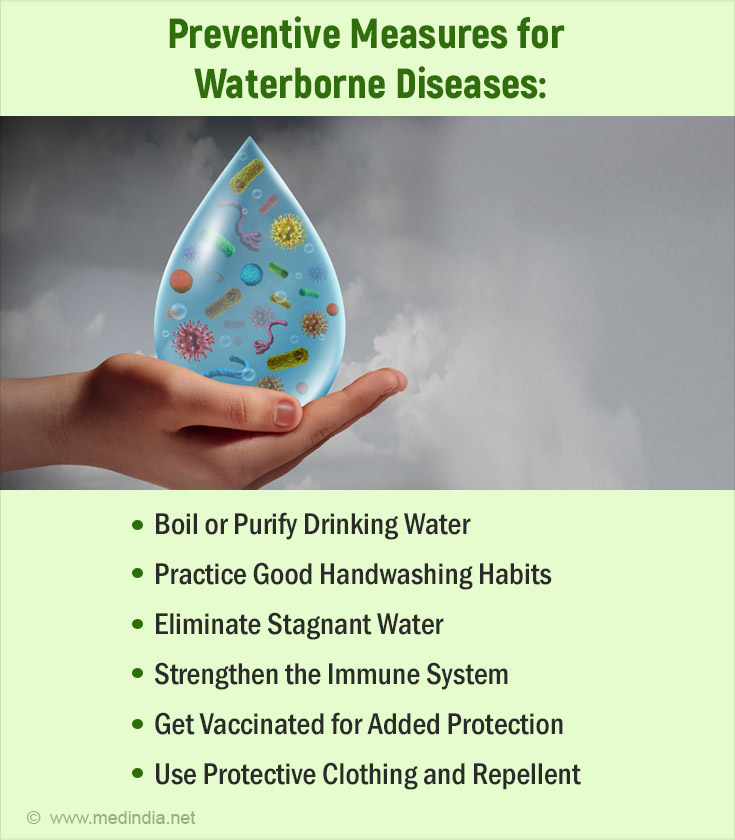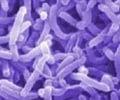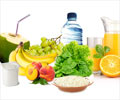- Water-related Illnesses - (https://www.niehs.nih.gov/research/programs/climatechange/health_impacts/waterborne_diseases)
- Waterborne Diseases and Illnesses - (https://kids.niehs.nih.gov/topics/pollution/water/diseases)
- Waterborne diseases during Monsoon - (https://www.unipath.in/blog/index/22/Waterborne-diseases-during-Monsoon)
About
The arrival of monsoons brings much-needed respite from the scorching summer heat. However, it also ushers in the season of waterborne diseases, posing a significant threat to children's health(1✔ ✔Trusted Source
Water-related Illnesses
Go to source).
Did You Know?
Children are more susceptible due to their developing immune systems and immature gut microbiome, making them less equipped to fight off pathogens lurking in contaminated water.Why Children Are More Vulnerable? How Does it Impact Them?
Children are like soldiers in training – their immune systems are still developing, constantly learning to fight off invaders. This makes them more susceptible to waterborne diseases compared to adults(1✔ ✔Trusted Source
Water-related Illnesses
Go to source).
Weaker Defenses:
Developing Immune System: A child's immune system hasn't yet encountered all the various pathogens (disease-causing organisms) present in the environment. This lack of prior exposure makes it harder for their bodies to recognize and effectively combat these invaders when they encounter them in contaminated water.
Immature Gut Microbiome: The gut microbiome is a complex ecosystem of good and bad bacteria that plays a vital role in digestion and immunity. In children, this gut flora is still developing, making them more vulnerable to the harmful effects of pathogens that disrupt the delicate balance in the gut.
Greater Impact of Illness:
Dehydration Risk: Children have smaller bodies and proportionally more water content. This means they become dehydrated much faster than adults when suffering from diarrhea and vomiting, common symptoms of waterborne diseases. Dehydration can lead to electrolyte imbalance, weakness, and even seizures in severe cases.
Nutritional Deficiencies: Diarrhea and vomiting hinder the absorption of essential nutrients from food. This can lead to malnutrition, impacting a child's growth and development both physically and mentally.
Stunted Growth and Development: Malnutrition caused by repeated bouts of waterborne illnesses can lead to stunted growth, affecting a child's height and weight. Additionally, these illnesses can impair cognitive development, impacting learning and memory functions.
Educational Disruption: Frequent illness translates to missed school days, putting a child behind in their studies. This can lead to feelings of isolation and hinder their social development.
Common Waterborne Diseases During Monsoons
Cholera: This bacterial infection causes severe diarrhea and dehydration, leading to electrolyte imbalance and even death if left untreated.
Typhoid Fever: Spread by contaminated water and food, typhoid fever causes high fever, weakness, stomach pain, and vomiting.
Hepatitis A: A viral infection affecting the liver, hepatitis A symptoms include fatigue, nausea, jaundice (yellowing of the skin and eyes), and abdominal pain(2✔ ✔Trusted Source
Waterborne Diseases and Illnesses
Go to source).

Effective Preventive Measures
The good news is that we can significantly reduce the risk of waterborne diseases in children by implementing a multi-pronged approach(3✔ ✔Trusted Source
Waterborne diseases during Monsoon
Go to source).
- Safeguarding Drinking Water: This is the first line of defense. Boiling water for at least one minute eliminates most harmful bacteria and viruses. Alternatively, using a reliable water purifier can ensure safe drinking water, especially in areas with questionable water quality.
- Handwashing Habits: Washing hands with soap and water for at least 20 seconds is one of the simplest yet most effective ways to prevent the spread of germs that cause waterborne diseases. Teach children to lather hands thoroughly, including between fingers and under nails, and rinse well with clean water.
- Eliminating Stagnant Water: Mosquitoes carrying diseases like dengue and malaria breed in stagnant water. Regularly emptying and cleaning coolers, containers, and even small puddles around the house help prevent mosquito breeding and reduce the risk of mosquito-borne illnesses.
- Building a Strong Immune System: A balanced diet rich in fruits, vegetables, whole grains, and lean proteins provides essential nutrients that strengthen a child's immune system. Include seasonal fruits loaded with Vitamin C, as it plays a crucial role in immune function.
- Vaccination: Vaccines offer specific protection against certain waterborne diseases like cholera and typhoid. Consulting a doctor to determine the appropriate vaccinations for your child, especially if you live near contaminated water sources, is vital for added protection.
- Protective Clothing and Repellent: Dressing children in full-sleeved clothing during peak mosquito hours and applying a safe, age-appropriate mosquito repellent to exposed skin provides an extra layer of defense against mosquito bites.
By adopting these preventive measures and prioritizing safe drinking water, hygiene, a nutritious diet, and timely vaccinations, we can significantly reduce the risk of waterborne diseases and safeguard our children's health during the monsoons.









